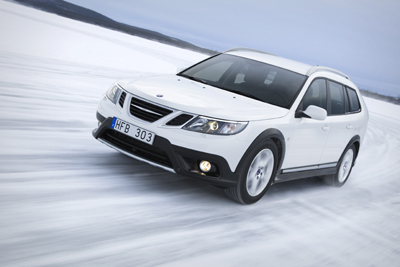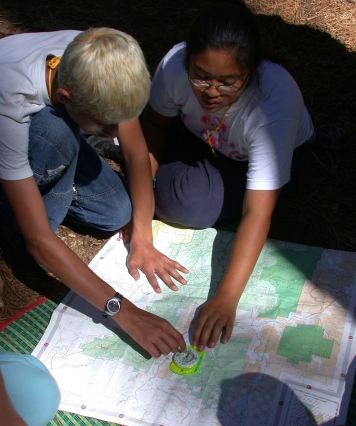
Ever wonder why so many accidents occur during the winter months? Your first thought might be the road conditions, but stats show most drivers on the road don’t prep their vehicles for these conditions, and that is where most of the problems/accidents stem from. We compiled a list of things you should be doing to get your every day driver ready to handle the roads this winter.
Many vehicles are designed for all-season driving but it is your job to get that auto ready for the extreme weather that you will experience.
Check the owner’s manual: you need to be on top of your vehicle’s maintenance. Have you had the fluids changed according to the manual? Nine out of 10 drivers have something wrong with their vehicles, according to the Car Care Council’s studies.
Check the coolant or antifreeze: It should be flushed and refilled every two years in most vehicles unless you have long-life coolant. This fluid is what helps your vehicle give you heat and not freeze the engine.
Check the battery: If the engine starts slow, that is a hint that the battery needs to be replaced. Also, carry a set of jumper cables or a self-enclosed battery jumper .
Make sure everything works: Air filters should be changed to keep your vehicle breathing properly and improve fuel economy, too. Also, be certain the heater and defroster (the mechanical portion) are working properly — warmth is the key if you get stuck!
Fill ’er up: Keep the gas tank at least half full; this will decrease the chances of moisture forming in the gas lines and possibly freezing.
Check tire-tread depth and tire pressure: Winter tires will give you the best braking, handling and safety in the cold temperatures. If you find yourself sliding around more than usual, check your pressures. For every 10 degrees of air pressure you will lose 1-2 pounds of pressure, which will give you poor handling and braking and wear out your tires quicker. Check tire pressure against the number inside your driver’s door for the correct tire pressure for your auto or refer to your owners manual.
Be prepared more than usual: A winter prep kit should include:
Jumper cables,
Ice scraper,
Windshield de-icer fluid, (fill yours and keep a spare in the trunk)
Tire inflation product,
Flashlight with extra batteries,
Aggressive snow brush,
Blanket,
Extra clothes, (hats, winter jacket, scarf, gloves and winter boots)
LED light source instead of flares,
Bottled water,
Snacks, (not sugary ones)
Necessary medications,
First-aid kit,
At least 4 hand warmers per person
Few of us are educated and practiced in how to drive in heavy rain, snow or on slippery road surfaces.
For a safe drive, use these tips:
Adjust your speed to the current conditions
When driving in challenging conditions, slow down. By decreasing your speed you will allow yourself more time to respond during a difficult situation.
Anticipate difficult situations
Many studies have shown that 80 percent of all accidents could be prevented with only one more second to react. This one second can be gained by looking far enough ahead of you to identify problems before you become a part of them.
Use grip effectively
When roads are slippery, always brake in a straight line before the curve in the road. Taking your foot off the brake before you steer into the corner allows you to use the entire grip available for steering. Don’t accelerate until the steering wheel is straight.
Drive with your headlights on
Whenever daytime visibility is less than clear, turn on your headlights, to be seen by other drivers. Remember this rule of thumb: “Wipers on, lights on.” When traveling in snowy weather, remember to clear tail lights, turn signal lights, and turn on headlamps regularly.
Anti-lock brakes can’t perform miracles
ABS braking systems give you the ability to brake and steer, though they are still limited by the grip available on the road and the type of tires on your vehicle. If you’re driving too fast into a corner and then try to brake, even ABS won’t keep you on the road.
Get help from your headlamps
Leave your headlamps on low beam when driving in snow or fog. This will minimize the reflection and glare, improve visibility, and will help reduce eye fatigue.
Wear quality sunglasses
Good-quality sunglasses help highlight changes in the terrain and road surface even in low-visibility conditions. Polarized lenses are your best choice.
Last, be safe, enjoy this time of year and the weather!










